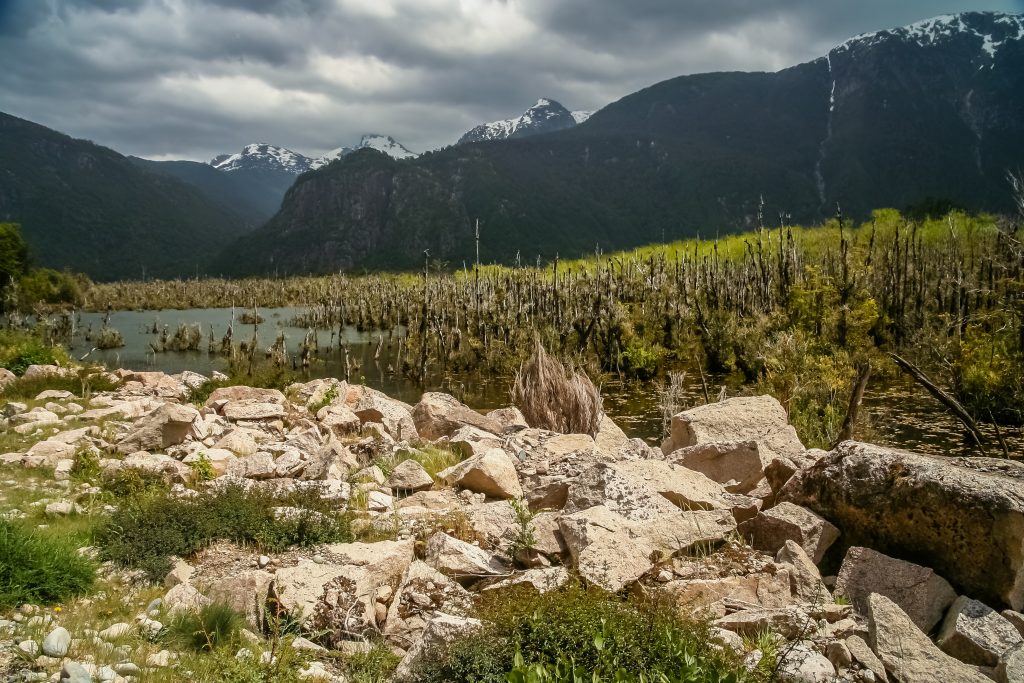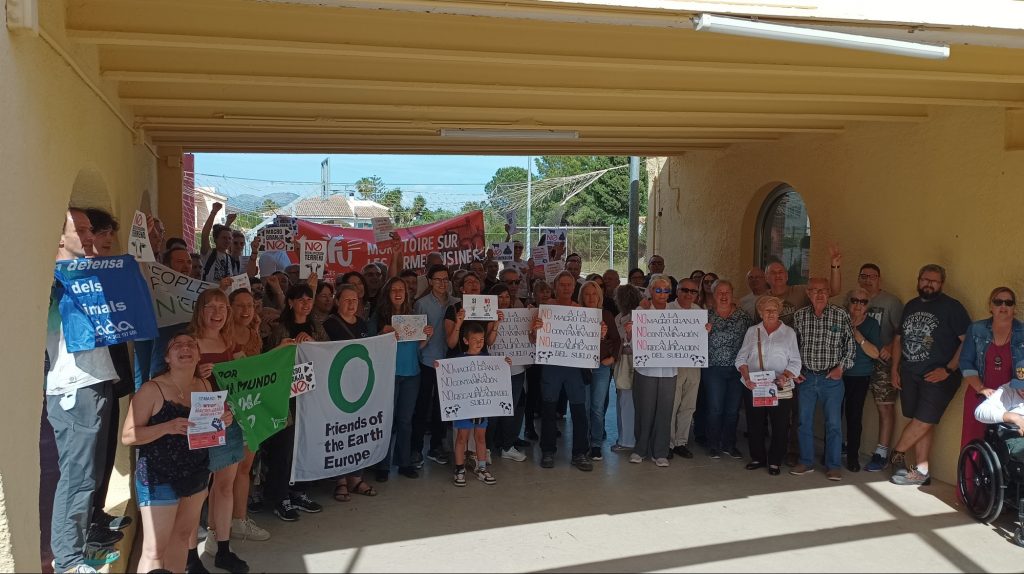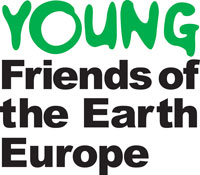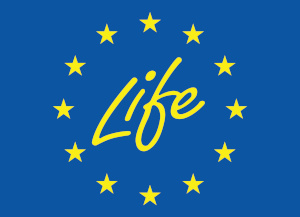Two years ago, the EU formally adopted its new regulation on deforestation-free products (EUDR). After postponing its implementation for a year, and almost agreeing to yet another year-long delay, the European Commission finally revealed which countries will be classified as low or high-risk origins for agrifood commodities imported to the EU. And you’re in for a (bad) surprise.
The so-called Implementing Regulation ranks all countries as high, standard or low risk, depending on how strict each country’s due diligence rules will be for corporations importing agrifood commodities linked to deforestation, such as soy, beef, palm oil. Only four countries have been classified as high-risk countries: Belarus, Democratic People’s Republic of Korea, Myanmar, the Russian Federation. Leaving countries which are amongst those with the highest deforestation and degradation levels, and from which the EU imports large amounts of commodities, like Brazil and Argentina off the ‘high risk’ countries register.
Enacted in June 2023, the EUDR should ensure that operators and traders do not produce goods from recently deforested areas nor produce their goods in ways that contribute to deforestation. The regulation applies to seven commodities identified as being both the biggest drivers of global deforestation and forest degradation (cattle, cocoa, coffee, palm oil, rubber, soy, and wood), and present on the EU market. It also applies to certain byproducts containing feedstocks from those commodities.
The classification will serve as a basis for a risk-based approach whereby competent country authorities carry out checks on operators and traders covering the due diligence systems and the compliance of the relevant products1.
When importing those commodities from “low risk” countries to the EU, manufacturers will not be exempted from due diligence statements under the EUDR, but will have reduced obligations. They will be required to collect and report information on their supply chains, but not to assess and address deforestation risks described in two of the articles (Art. 10 & Art. 11) of the regulation. A “low-risk” origin also means manufacturers will have less compliance checks to comply with.
Companies producing goods from high-risk and standard-risk countries will need to show when and where commodities were produced and provide verifiable information that they were not sourced from land deforested after 2020.
Friends of the Earth Europe echoes the concern of several other NGOs that the EU is creating a loophole in the system for goods that have been produced or grown illegally in protected areas, national forests and Indigenous territories.
1 According to the European Commission’s document, the classification is based on the latest quantitative internationally recognised data, primarily from the Global Forest Resources Assessment by the Food and Agriculture Organization of the United Nations.







